Fire Service Supervision & Management
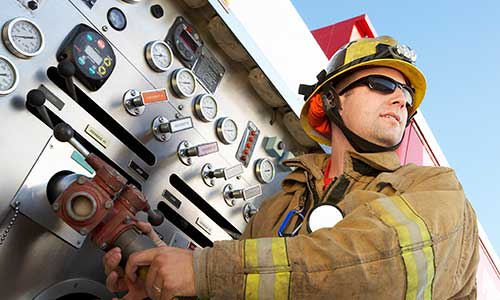
Company Officer 2A: HR Management
This course provides information on the use of human resources to accomplish assignments, evaluating member performance, supervising personnel, and integrating health and safety plans, policies, and procedures into daily activities as well as the emergency scene.
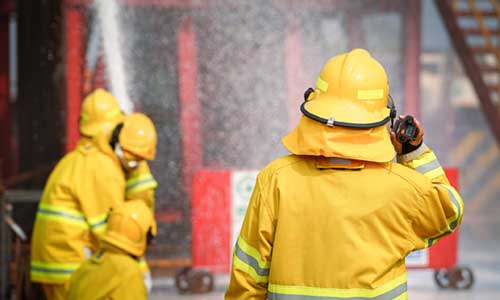
Company Officer 2B: General Administrative Functions
This course provides information on general administrative functions and the implementation of department policies and procedures and addresses conveying the fire departments role, image, and mission to the public.
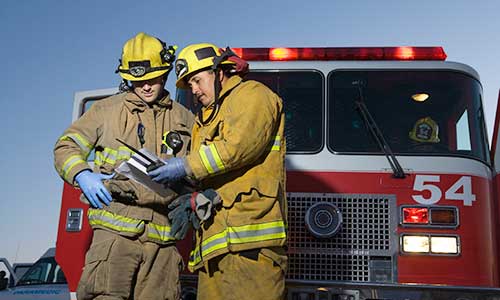
Company Officer 2C: Fire Inspections & Investigations
This course provides information on conducting inspections, identifying hazards and addressing violations, performing a fire investigation to determine preliminary cause and securing an incident scene and preserving evidence.

Company Officer 2D: All Risk Command Operations
This course provides information on conducting incident size-up, developing and implementing an initial plan of action involving single and multiunit operations for various types of emergency incidents to mitigate the situation following agency safety procedures, conducting preincident planning, and develop and conduct a post-incident analysis.
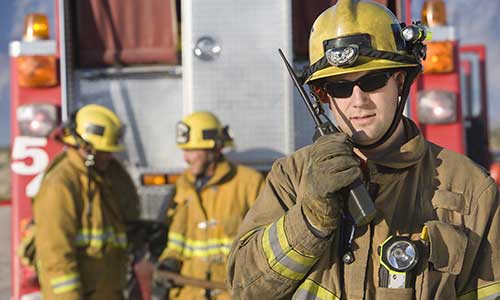
Company Officer 2E: Wildland Incident Operations
This course provides information on conducting incident size-up, developing and implementing an initial plan of action involving single and multiunit operations for various types of emergency incidents to mitigate the situation following agency safety procedures, conducting preincident planning, and develop and conduct a post-incident analysis.

Fire Inspector 1A: Duties and Administration
This course provides students with a basic knowledge of the roles and responsibilities of a Fire Inspector 1 including legal responsibilities and authority, codes and standards, the inspection process, confidentiality and privacy requirements, and ethical conduct, and administrative tasks including preparing inspection reports, recognizing the need for a permit or plan review, investigating common complaints, and participating in legal proceedings.
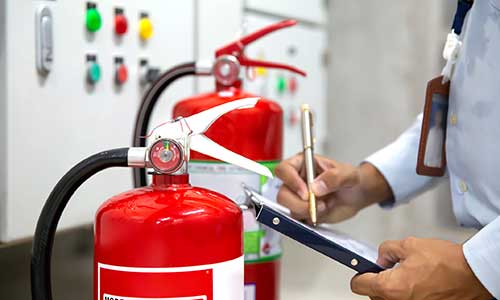
Fire Inspector 1B: Fire and Life Safety
This course provides students with a basic knowledge of fire and life safety aspects related to the roles and responsibilities of a Fire Inspector 1 including building construction, occupancy classifications, occupancy load, means of egress, hazardous conditions, fire growth potential, fire flow, and emergency planning and preparedness measures.

Fire Inspector 1C: Field Inspection
This course provides students with a basic knowledge of field inspection roles and responsibilities of a Fire Inspector 1 including basic plan review, emergency access for an existing system, hazardous materials, and the operational readiness of fixed fire suppression systems, existing fire detection and alarm systems, and portable fire extinguishers.
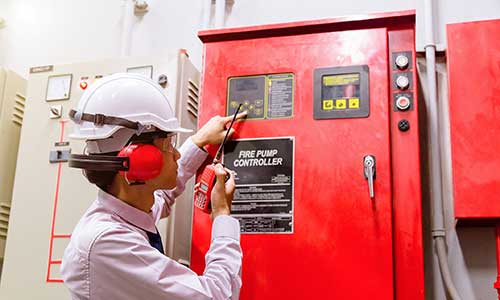
Fire Inspector 1D: Field Inspection California Specific
This course provides students with a basic knowledge of a Fire Fighter I’s field inspection roles and responsibilities specific to California including tents, canopies, and temporary membrane structures; fireworks and explosives; and wildland urban interface environments.
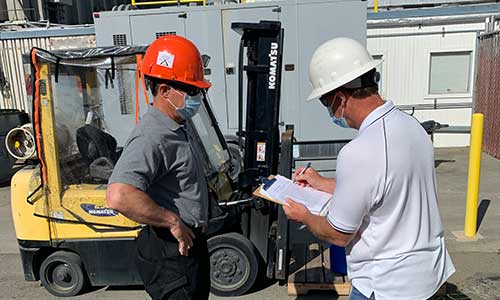
Fire Inspector 2A: Fire Prevention Administration
This course provides students with a basic knowledge of the administrative requirements related to the roles and responsibilities of a Fire Inspector II including processing permit and plan review applications, enforcing permit regulations, investigating complex complaints, recommending modifications to codes and standards, recommending policies and procedures for inspection services, generating written appeals correspondence, initiating legal action, evaluating inspection reports, and proposing technical reference material acquisition.

Fire Inspector 2B: Fire and Life Safety Requirements
This course provides students with a basic knowledge of fire and life safety requirements related to the roles and responsibilities of a Fire Inspector II including occupancy classification, egress elements, emergency plans and procedures, occupant loads, building construction and fire growth potential.

Fire Inspector 2C: Inspecting New and Existing Fire & Life Safety Systems and Equipment
This course provides students with a basic knowledge of inspection requirements related to the roles and responsibilities of a Fire Inspector 2 including inspection of life safety systems and building services equipment, fire protection systems, and emergency access criteria.
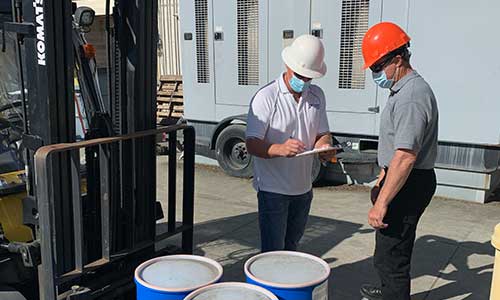
Fire Inspector 2D: Hazardous Materials, Operations, and Processes
This course provides students with a basic knowledge of hazardous materials, operations, and processes related to the roles and responsibilities of a Fire Inspector 2 including hazardous conditions, flammable and combustible liquids and gases, and hazardous materials.
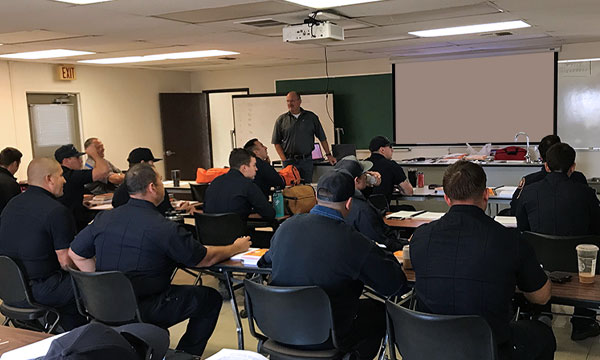
Ethical Leadership for Instructors
This 8-hour course provides the knowledge and skills needed to identify the value of ethical behavior in instructional settings, describe how ethical norms influence individual ethics, identify a personal ethical perspective and core values and how they impact communication and ethical decision making, and make an ethical decision using an ethical decision-making model, in order to assist in making ethical decisions when faced with an ethical dilemma in an instructional setting and carry out the roles and responsibilities of an SFT instructor in an ethical manner.
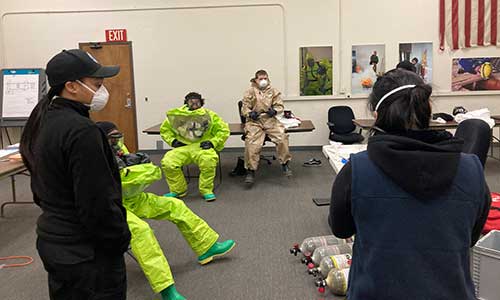
Fire Instructor 1: Instructional Methodology
This course provides the skills and knowledge needed for entry level professional instructor to perform his or her duties safely, effectively, and competently. The curriculum is based on the 2012 edition of NFPA 1041 Standard for Fire Service Instructor Professional Qualifications. At the end of this course, candidates for instructor 1 certification will be to teach and deliver instruction from a prepared lesson plan utilizing instructional aids and evaluation instruments. The instructor 1 will also be able to adapt a lesson plan and complete the reporting requirements to the local jurisdiction.
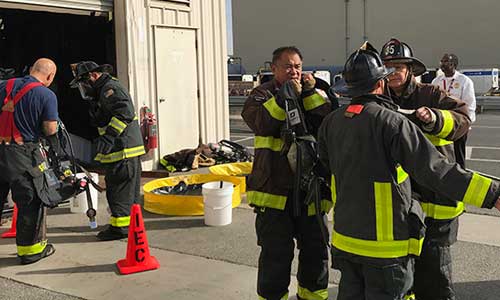
Fire Instructor 2: Instructional Development
This course provides the skills and knowledge needed for the intermediate level professional instructor to perform his or her duties safely, effectively, and competently. The curriculum is based on the 2012 edition of NFPA 1041 Standard for Fire Service Instructor Professional Qualifications and the 2012 edition of NFPA 1403 Standard on Live Fire Training Evolution. At the end of this course, candidates for Instructor II certification will be able to develop lesson plans and evaluation instruments, teach and deliver instruction, and evaluate and coach other instructors. The Instructor II will also be able to analyze resources and formulate a program budget.

Fire Instructor 3: Instructional Program Management
This course provides information on planning, developing, and implementing comprehensive programs and curricula. Topics include instructional development, program management, program and instructor evaluation, and test reliability and validity.
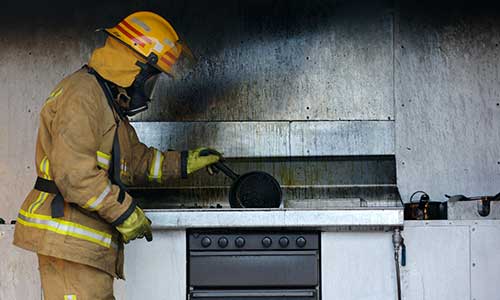
Fire Investigation 1A: Basic Fire Investigation
This course provides information on securing the fire scene and determining the origin and cause of the fire. Topics include responsibilities of a fire investigator, securing the fire ground, conducting an exterior and interior survey, analyzing fire patterns, interpreting individual fire patterns, discriminating the effects of explosions, examining and removing fire debris, reconstructing the area of origin, and inspecting building system performance.
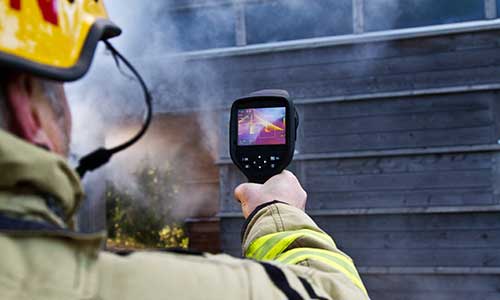
Fire Investigation 1B: Evidence & Documentation
This course provides information on scene documentation and evidence collection/preservation. Topics include photographing the scene, diagramming the scene, constructing investigative notes, processing evidence and establishing chain of custody, processing victims and fatalities, selecting evidence for analysis, maintaining a chain of custody, preparing a fire investigation report, and disposing of evidence. The 2014 edition of NFPA 1033 Standard for Fire Investigator Professional Qualifications is the basis for this course.
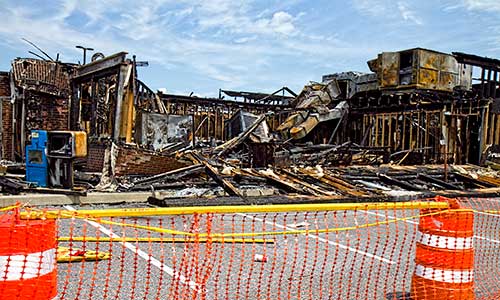
Fire Investigation 1C: Preparation for Legal Proceedings
This course provides information on legal considerations for a court proceeding. Topics include coordinating expert resources, formulating an opinion, presenting investigative findings, and testifying during legal proceedings. The 2014 edition of NFPA 1033 Standard for Fire Investigator Professional Qualifications is the basis for this course.
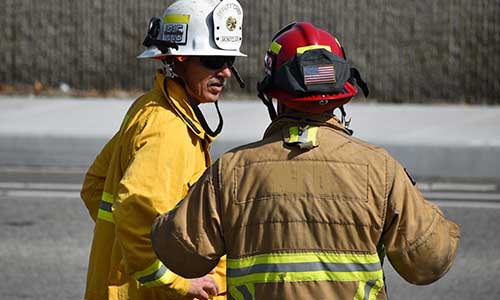
Chief Fire Officer 3A: Human Resource Management
This course provides students with a basic knowledge of the human resources requirements related to the roles and responsibilities of a Chief Fire Officer including developing plans for providing employee accommodation, developing hiring procedures, establishing personnel assignments, describing methods of facilitating and encouraging professional development, developing an ongoing education training program, developing promotion procedures, developing proposals for improving employee benefits, and developing a measurable accident and injury prevention program.

Chief Fire Officer 3B: Budget & Fiscal Responsibilities
This course provides students with a basic knowledge of the budgeting requirements related to the roles and responsibilities of a Chief Fire Officer including developing a budget management system, developing a division or departmental budget, and describing the process for ensuring competitive bidding.
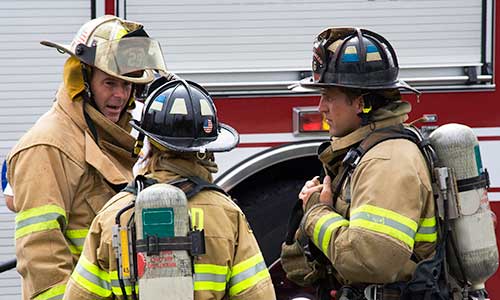
Chief Fire Officer 3C: General Administrative Functions
This course provides students with a basic knowledge of the administration requirements related to the roles and responsibilities of a Chief Fire Officer including directing a department record management system, analyzing and interpreting records and data, developing a model plan for continuous organizational improvement, developing a plan to facilitate approval, preparing community awareness programs, and evaluating the inspection program of the AHJ.
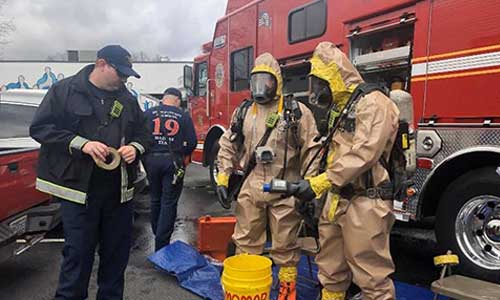
HazMat Incident Commander
This course provides the tools a person needs to assume command & control of an emergency response to a hazardous materials incident. It focuses on the legal and practical requirements to safely and competently manage a hazardous materials incident. Instructional methods include class activities, case studies, and tabletop exercises, with an emphasis on hands-on decision-making. This program meets OSHA requirements and NFPA recommendations for training at the Incident Commander level.
